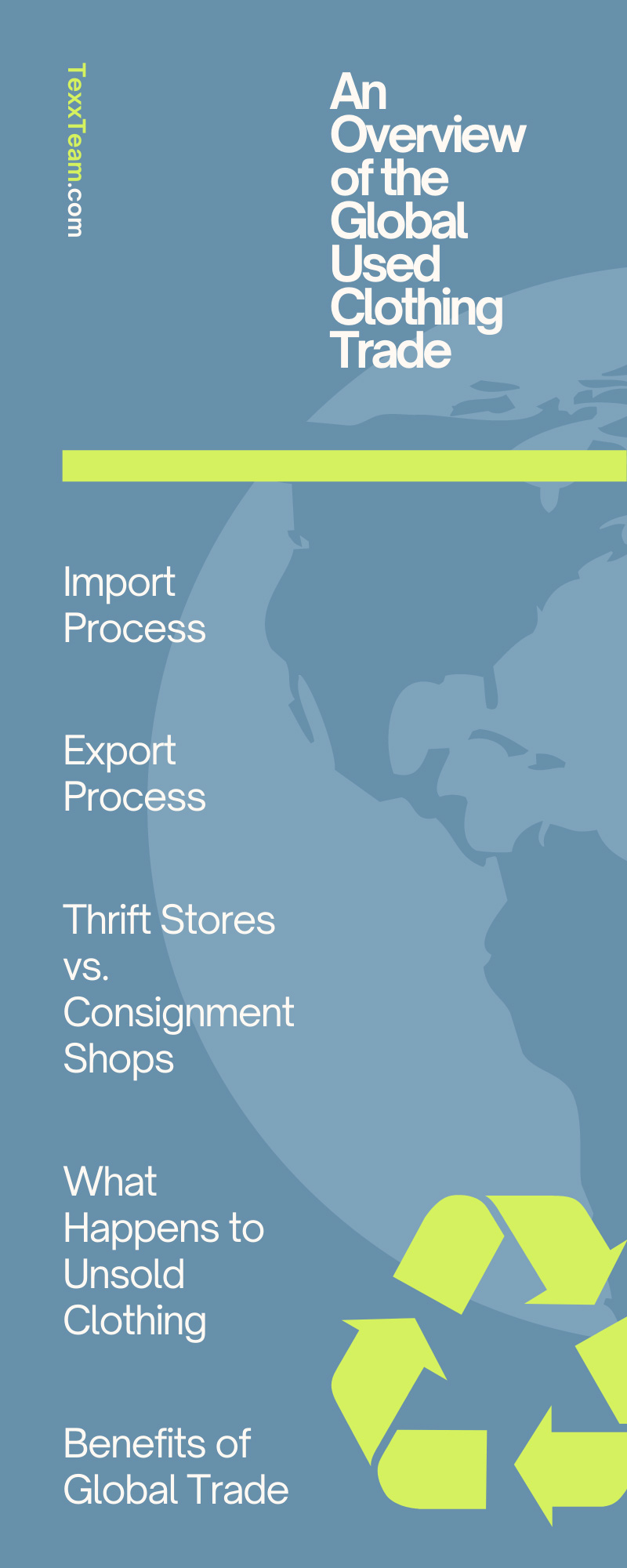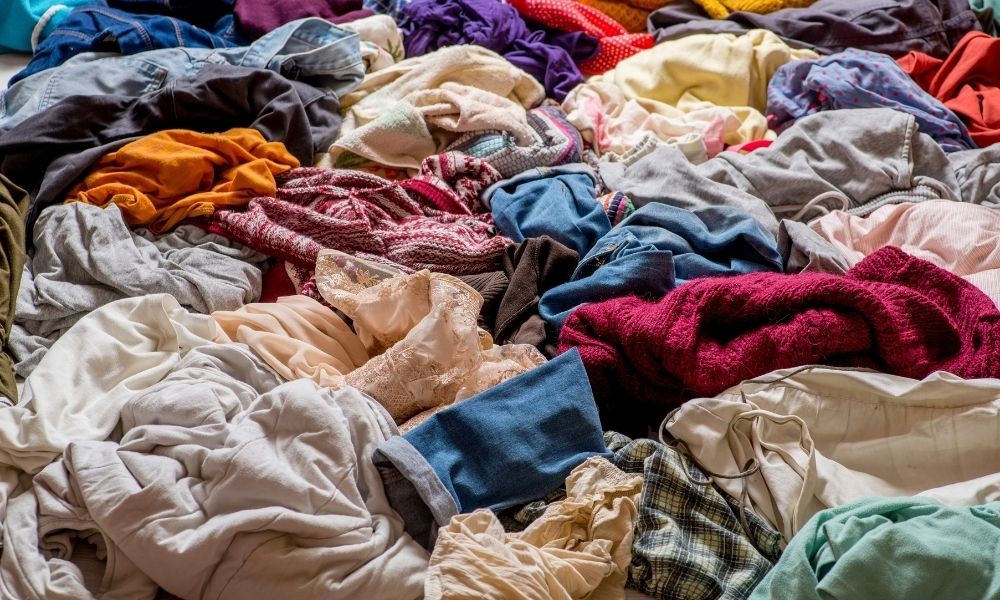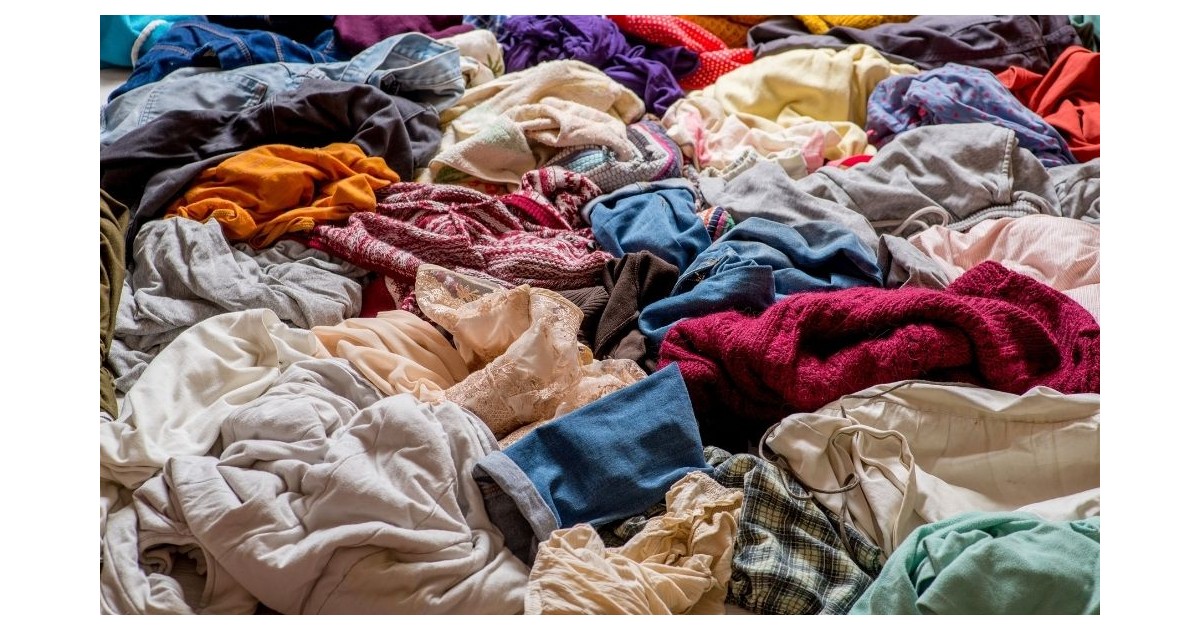You may have gotten a few pieces of your wardrobe from used retail shops, on an app like Poshmark, or even from ThredUp. Many retail stores carry thousands upon thousands of articles of clothing that seem to come from all around the world.
Additionally, many individuals purchase secondhand clothing from wholesale suppliers to sell to others, which can be a great way to earn some extra cash.
But where do your secondhand clothing items really come from? How did your clothes arrive at and get shipped from the distributor you purchased them from?
It’s important to understand how the resale industry operates so that when you’re ready to donate your clothing, you feel confident knowing where it’s going!
People have been exchanging clothing for years and years, helping each other around their neighborhoods. But how does the used clothing trade work as an industry? Let’s take an overview of the global used clothing trade: how it operates, helps the environment, and promotes stronger communities.
Import Process
Many people tend to assume that thrift stores only get their inventory through donations. While they do receive most of their items from philanthropic efforts, they also get a large amount of their catalogs from external sources.
Some resellers may sell their inventory to thrift stores for profit if they’re new in the industry or low in stock. Oftentimes, people won’t have clothing to donate, so they’ll donate money instead. Many thrift stores use monetary donations to purchase items to return to the homeless and other families in need.
Similar to discount stores like Ross and T.J. Maxx, thrift stores can also benefit from businesses going into liquidation.
When a business closes, it must go into liquidation—this is the process in which its assets and property are redistributed. Usually, liquidation pushes a business to sell its stock for an extremely low price, which thrift stores can purchase and resell for a profit.
Export Process
The export process essentially works like a trade-off system. A secondhand export company collects items from different areas of the US and sorts through thousands of preowned clothing items to grade them.
The grading process occurs so that they can determine what condition the clothes are in. As they sift through and grade vintage, sustainable, and high fashion pieces of clothing, the employees must utilize a proper grading system. For example, an article of clothing that looks brand new or has no visible stains may receive a Grade A and therefore sell at a higher price.
The mission of many exporters is to provide a practical alternative to throwing the clothes away in a landfill. Once the clothes are ready for shipping, the exporter will then ship the properly graded clothing to various countries around the world.
It’s important to note that the USA is one of the biggest secondhand clothes exporters worldwide—the country exported approximately 706 million dollars worth of quality clothing in 2019.
Thrift Stores vs. Consignment Shops
Many people become confused when it comes to understanding the difference between thrift and consignment stores. As mentioned, people can take their unwanted clothing to a thrift store like Goodwill, and the store will offer the clothing at an affordable price.
Consignment shops, on the other hand, are a bit different in the way they operate. They’re more selective than thrift stores in what they accept when it comes to brands, condition, and current trends. Typically, when people bring in clothing to a consignment store, the buyers will then sort through them and determine how likely each piece is to sell to the public.
Furthermore, a person can bring in clothing to a consignment shop, and the shop will essentially sell the item for the donator and then give them the profit from the sale.
An essential note is the way in which both secondhand clothing stores receive their inventory for the used clothing trade industry. Both providers assist the community by giving back!
What Happens to Unsold Clothing
About two million tons of clothes are donated annually, which means there’s a large number of clothes that might not reach thrift stores. But what happens to the clothes that aren’t fit for resale? Let’s discuss a little further what happens during this process.
Generally, clothes that don’t grade highly may go through a textile recycling process—which can be a challenging task when clothes contain blended fibers. This process allows the facility to recycle the materials made from the clothing. What’s more, most clothing fibers can be re-spun into thread to be utilized in the production process for new products.
However, other clothes that cannot go through the recycling process must be sent to the landfill. Unfortunately, as the materials in the clothes break down, they release harmful gases like methane and carbon dioxide into the earth’s atmosphere. In addition, the areas where most secondhand clothes rest are set on fire to remove the harmful gases—which in turn, produces more toxins.
Benefits of Global Trade
People of all backgrounds sharing clothes is a remarkable benefit worldwide. Everyone has different tastes and preferences in fashion, and the global used clothing trade enables them to purchase clothing that fits their unique styles.
Additionally, with access to professional, active, and fashionable pieces of clothing, many people around the world have the same opportunity as others to dress for success.
Not only does the secondhand industry benefit people, but it also benefits the environment. When clothes are in a good enough condition to make it to thrift stores, they stay out of the landfills.
The good news is the secondhand industry means less demand for new fashion which eventually requires less production of new clothing. When this happens, fewer resources are used, and fewer items go to the landfill!
As a consumer, it’s essential to do your part and try to donate as many clothes as you can whenever you can. For example, if you’re hoping to buy a new pair of jeans, try purchasing wholesale used jeans to ensure you’re contributing to the secondhand clothing industry in a positive way.
Now that you understand the overview of the global used clothing trade, you may start to do your part to help heal the earth! Experts advise us to try to reduce the amount of clothing we buy in the first place in order to prevent the demand for more costly productions. So the next time you see a piece of clothing you want in a retail store, try shopping at a thrift store first!


